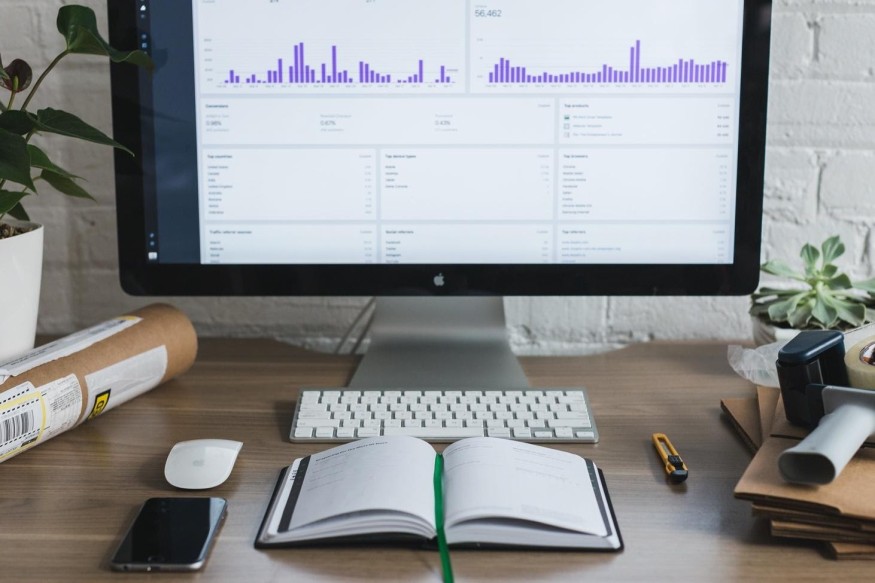
Since Macs hold so much important information, from work data to personal information and everything in between, it can be scary if they suddenly seem to break down. Computers are not only expensive, but we rely on them to carry out a wide variety of daily tasks. If your Mac is compromised, both sensitive information and pricey hardware are at risk.
Contrary to popular belief, Macs are vulnerable to viruses. Luckily, Mac virus removal exists and this kind of software can save a computer from sticky situations. But first, you'll need to know what to look out for. Read on to learn more about clues that your Mac could have a virus or another form of malware.
Viruses vs. Malware
Technically, a virus is a harmful bit of code that can infect your computer, self-replicating and spreading throughout the system. Malware is a wider umbrella term that refers to any kind of attack on you Mac, whether it targets your data, spies on your activity or disrupts your system.
Today the terms "antivirus" and "anti-malware" typically refer to a kind of software that is designed to protect against and remove malicious threats from your computer. Anti-malware is simply a more modern name that encompasses all types of invasive software out there today, but the two terms are often used interchangeably.
Clues That Your System Could Be Infected
Viruses reveal themselves differently, depending on the type of malware the Mac has. Below are a few things to watch for:
Your computer starts running very slowly, and applications are lagging much more than normal
You start seeing a lot of advertisement pop ups
You notice a new type of software that you didn't install yourself
Websites start to display strange, persistent advertisements that have nothing to do with your search history
Your personal files have been encrypted and you can't access them
Your browser keeps being directed to unwanted websites
What to Do If You Detect Malware
If you think that your computer could be compromised and you don't already have anti-malware software, you should install that protective measure on your device as soon as possible. Ensure that the one you go with will not only identify and fight future threats, but that it will also clean an infected Mac.
In addition to getting a good quality preventative software installed, you should:
Update passwords for websites and applications on your device, using unique log-in credentials that aren't repeated
Clear your browser's search history, in case the malware came from a website you visited
Keep your operating system, browser and other applications updated
It's also a best practice not to click links unless you trust the source. For example, email messages are a very common distribution for malware, so you should avoid opening any links you're unsure about. Being vigilant with proactive behavior is key to preventing further infections. And if you think your system has already been infected, ensure to take reactive steps to protect your Mac, too.











